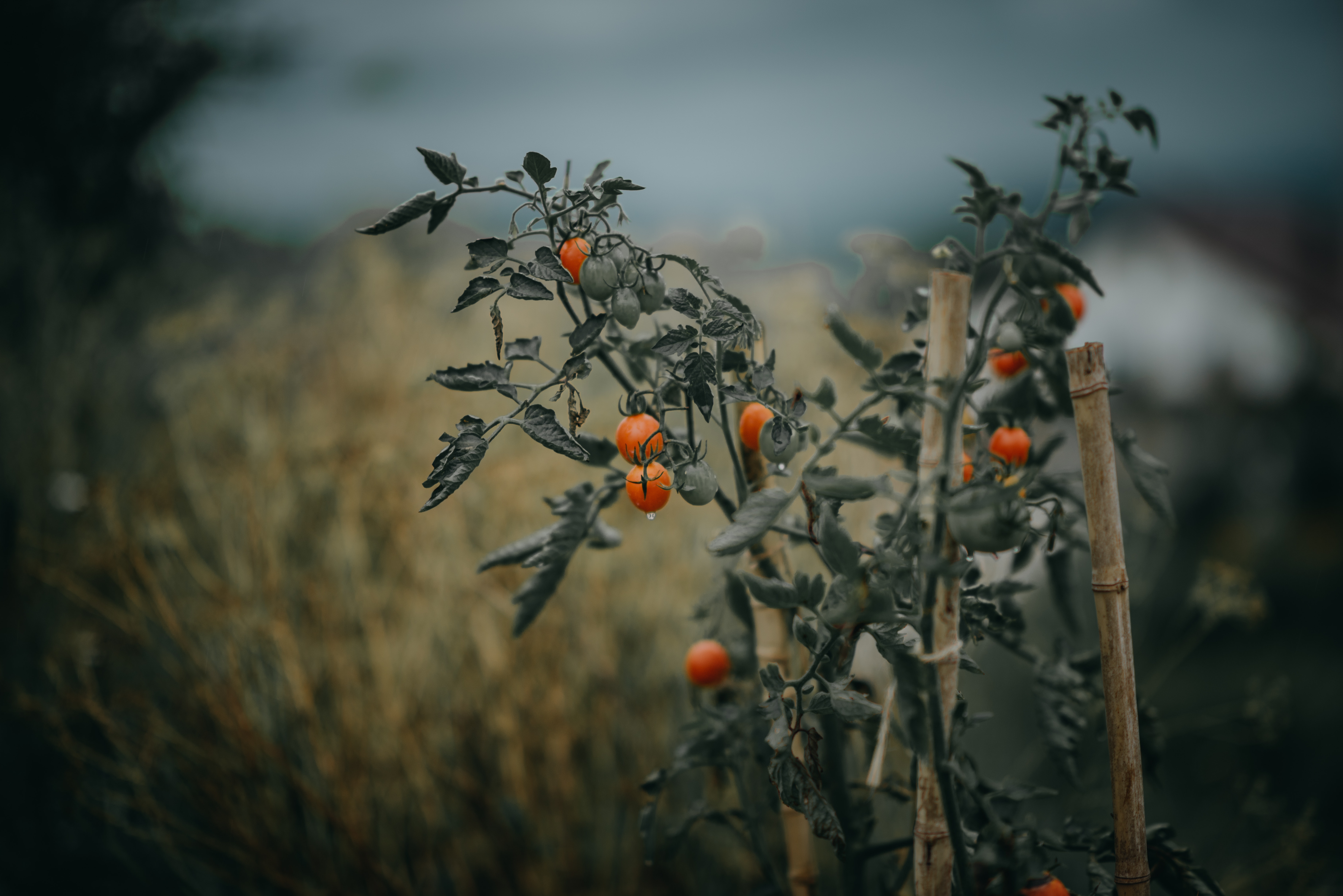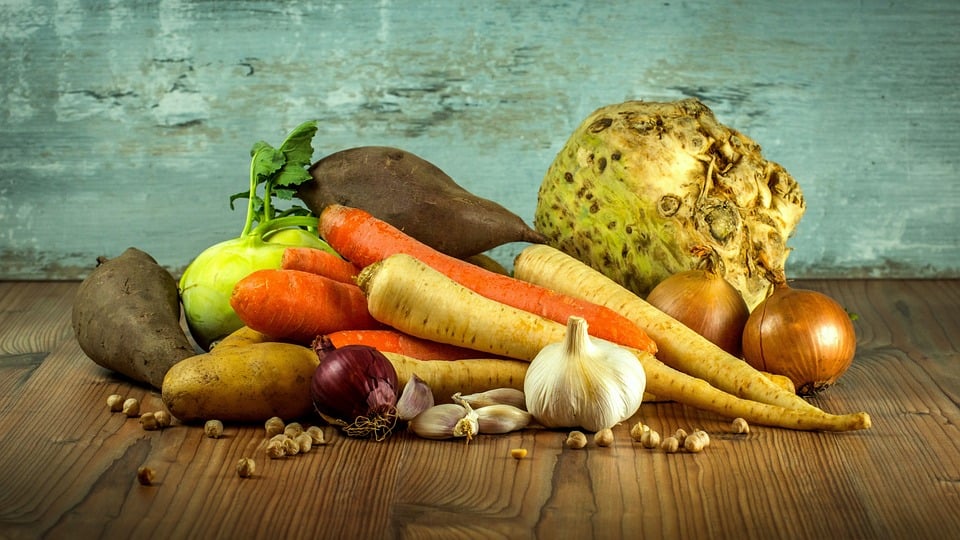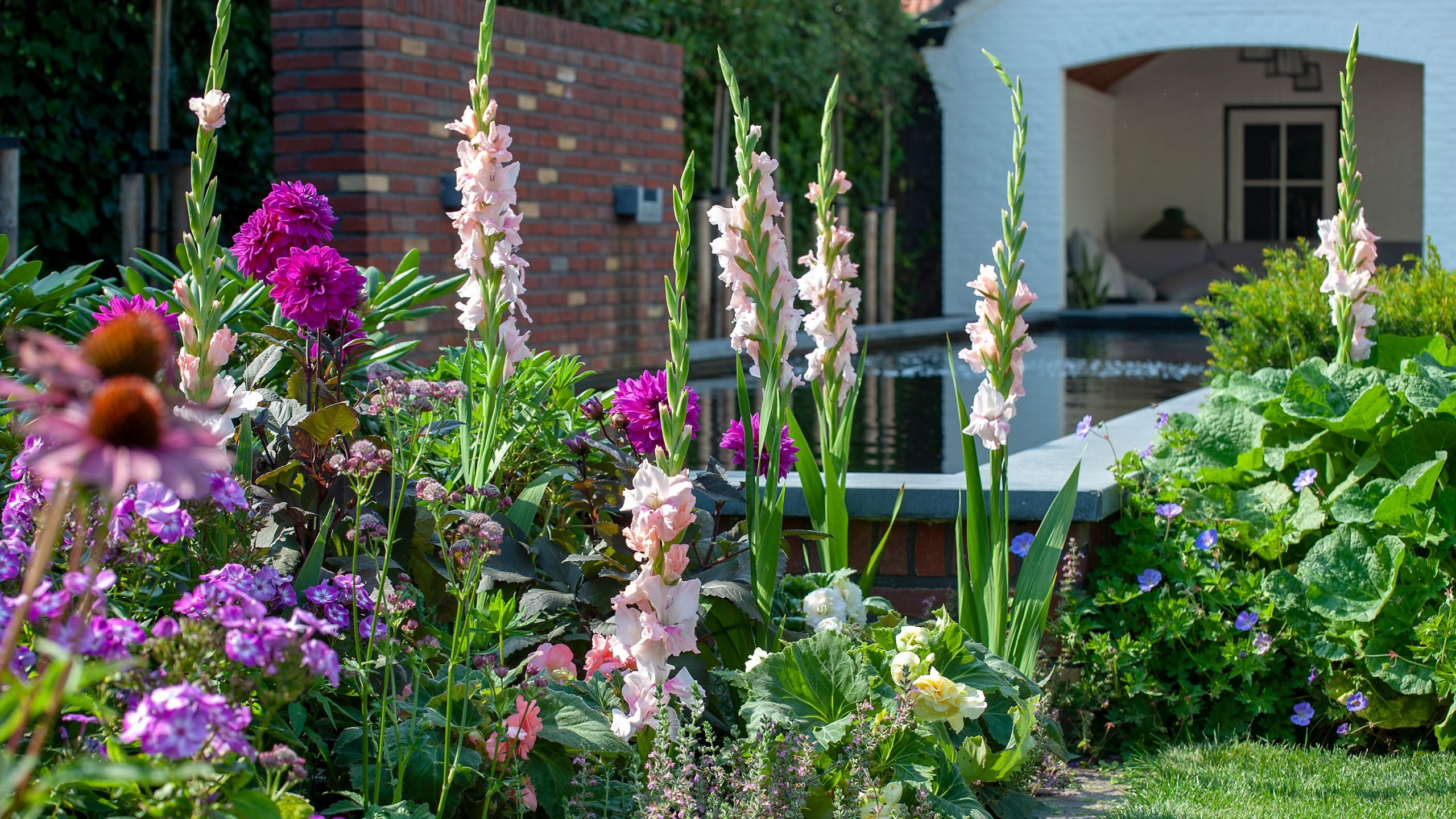Top 23 Vegetables That You Can Grow in Winter
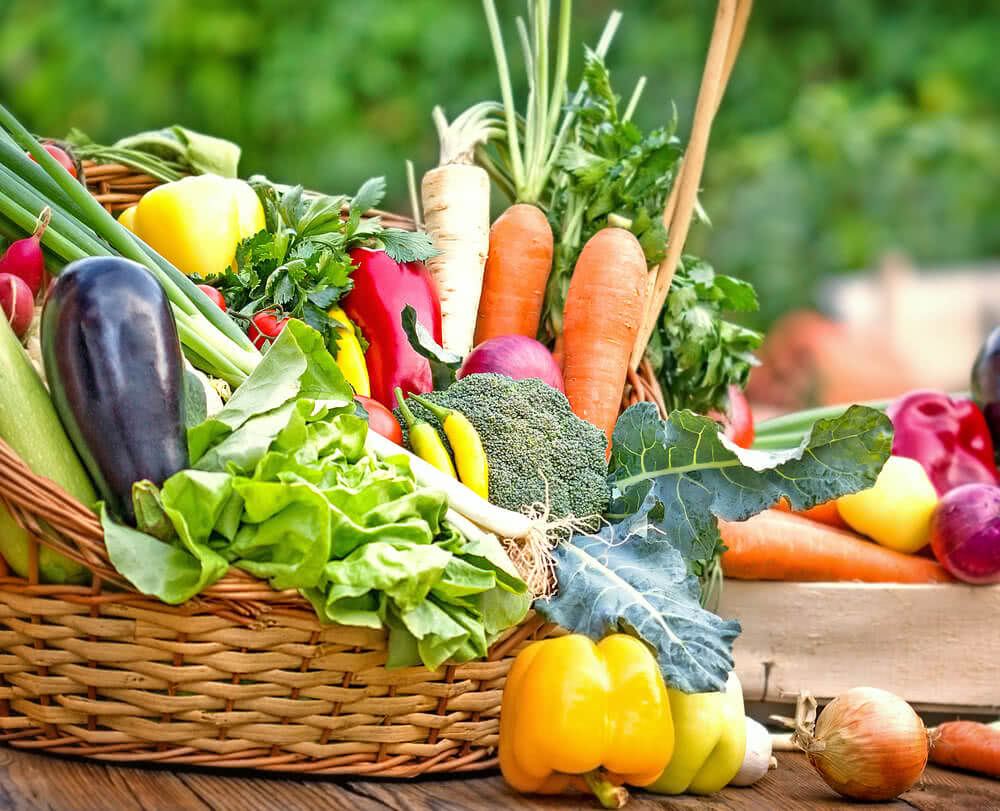
Table of Contents
Like flowers, many people want to grow vegetables in their gardens because growing vegetables in your indoor garden aren’t a bad idea, as it may help you in several ways.
For example, they save you money. If you can grow vegetables in your personal garden, then you don’t need to buy them from the markets. Instead of buying, you can sell the vegetables directly at the market. It may help you earn passive income. Although growing vegetables is not enough, it requires proper care. In this blog, you will learn about a few vegetables you can grow in winter.
The cold season is the perfect time to plant vegetables in your household. Several vegetables that you use in your daily food items can be grown in your indoor garden. It includes carrots, cabbages, cauliflowers, broccoli, and others. Just make sure you are providing them with proper water, air, and sunlight.
Here’s the list of 23 vegetables that one can easily grow in winter that too in their kitchen garden.
1. Carrot
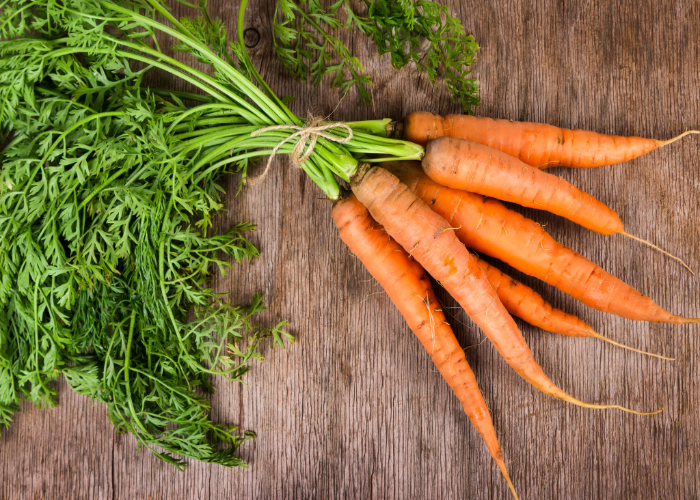
Carrots are very popular vegetables that are found around the globe. Winter is the right time to plant them in your garden. Everyone is familiar with the carrots. They are famous for their orange and long roots. You can grow a carrot up to 12 inches long from the soil with proper care. They generally grow in well-drained and loose soil with a little bit of acidic level. Make sure the soil pH level is around 6 to 6.8. Plant the seeds in spring, and they can grow ideally in the winter.
2. Spinach
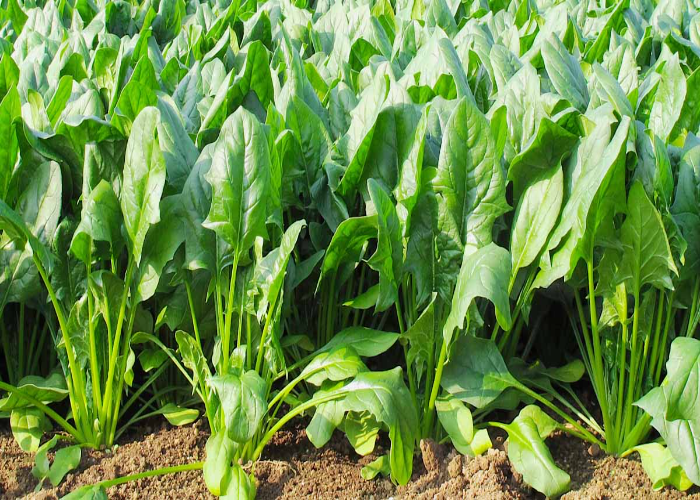
Spinach is one of the most famous green vegetables in the world. They are well-known for their nutrient benefits. Harvesting spinach in your garden in the winter isn’t a bad idea. They require loamy, well-drained soil to grow. Summer is the perfect time to plant their seeds. It can grow effectively in the winter. A spinach plant can grow up to 12 inches tall from the soil. One thing you must keep in mind is that while planting the spinach seed, you must provide a space of 18 inches. It can benefit them through good air circulation and water absorption.
3. Sweet Corn
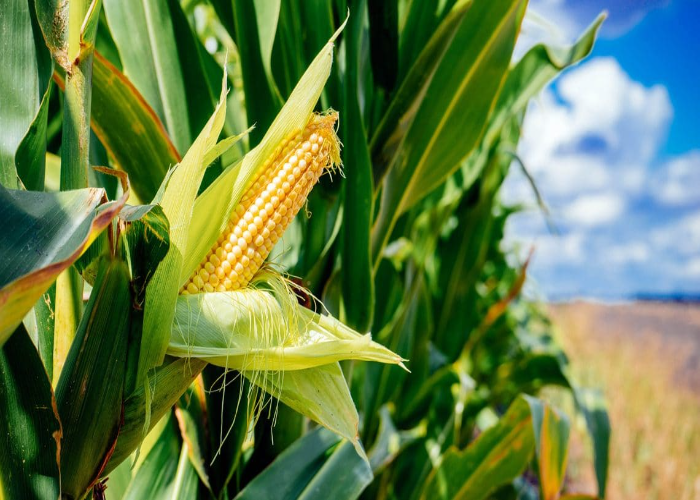
Sweet corn is one of the most familiar vegetables that people love to grow and eat. They produce delicious vegetables after the harvesting process. It doesn’t take much effort to grow sweet corn in your indoor garden, especially in the UK weather. A sweet corn tree can grow up to 12 feet tall from the soil with proper care. They grow in well-drained, loamy soil with a neutral acid level. Just ensure that the soil pH level is around 6 to 7. Also, ensure you are leaving a space of 12 to 36 inches while planting the seeds.
4. Garlic
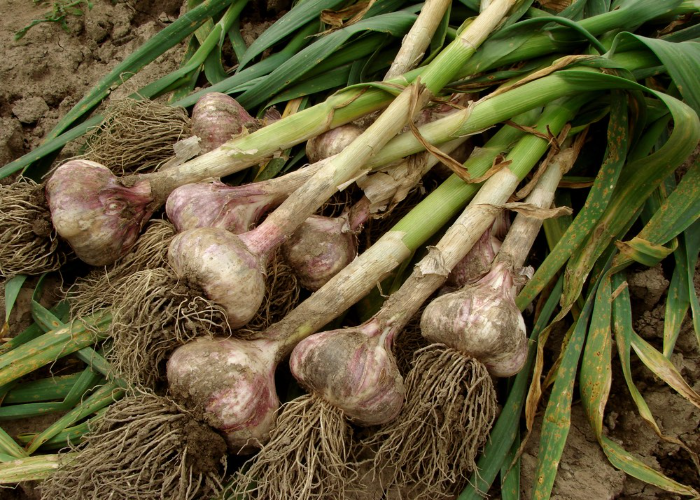
Garlic is a familiar household vegetable that people use for cooking purposes. Nowadays, several medicines and cosmetic products are derived from garlic. Garlic almost shares the same characteristics and requires the same care as onions. They both belong to the bulb vegetable group and grow under the soil. Provide the garlicseeds with proper sunlight. They require well-drained and moist soil with a neutral acid level to grow appropriately. A garlic plant can grow up to 18 inches tall and 1 inch wide inside the soil.
5. Arugula
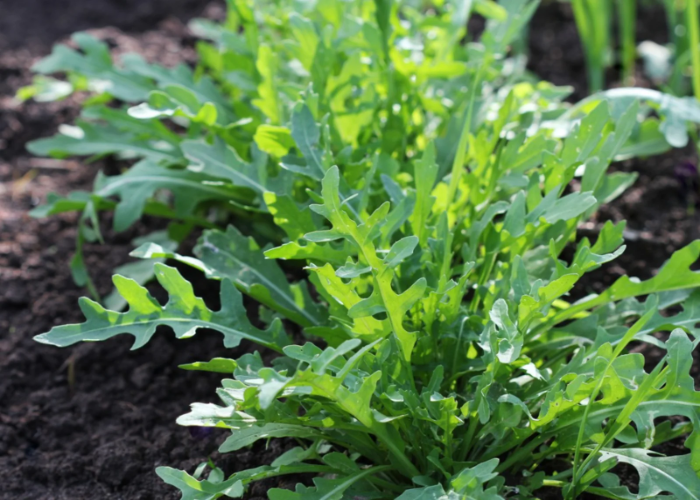
Arugula is a famous leafy vegetable that you can grow in the winter. Putting them in your salad bowl can make it delicious. They are also an annual vegetable that can grow up to 3 feet from the soil. Arugula requires well-drained, loamy, and moist soil to grow. Ensure that you are providing them with full and bright sunlight. The soil pH level is required to be around 6 to 7 with a neutral, acidic level to grow arugula.
6. Winter Cress
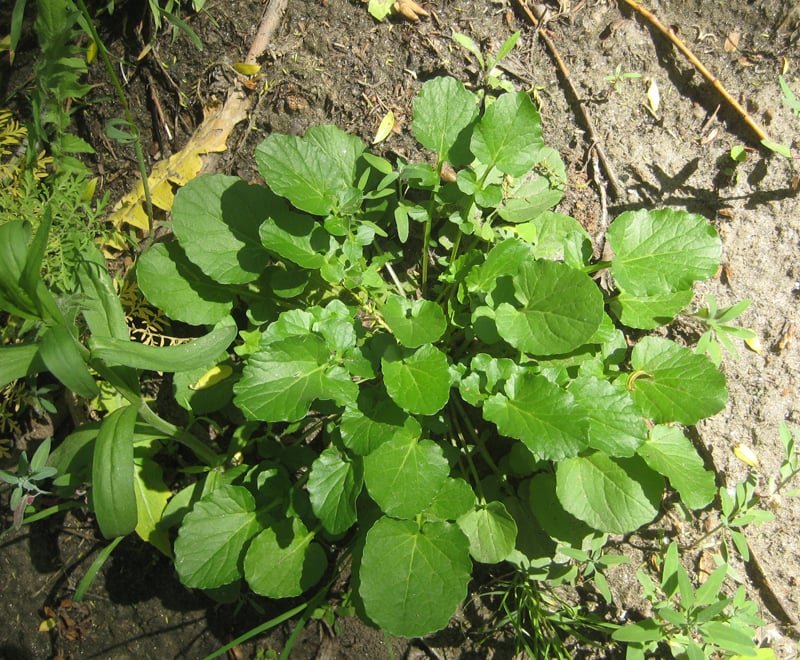
The perfect time to grow winter cress is in December. They are also known as the ‘yellow rocket plant. They are known for their flowers. Winter cress is an edible plant that can grow a beautiful flower. It can grow up to 9 mm long from the soil. This is a vegetable plant, but it easily attracts butterflies. Winter cress is a popular winter vegetable plant in the European region. It is also very familiar in the UK.
7. Cabbage
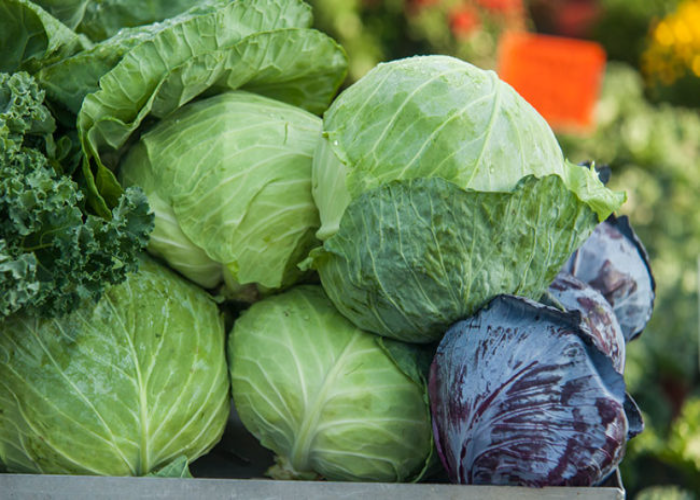
Cabbage is a familiar leafy vegetable available easily in the market. It is famous for its curly leaves. In general, cabbages are green, but in a few places, they can be purple too. Cabbage is a delicious vegetable that you can grow in the winter. Harvest them in well-drained, loamy soil with a neutral acid level. A cabbage can grow up to 2 feetfrom the soil. It also has several health benefits.
8. Lettuce
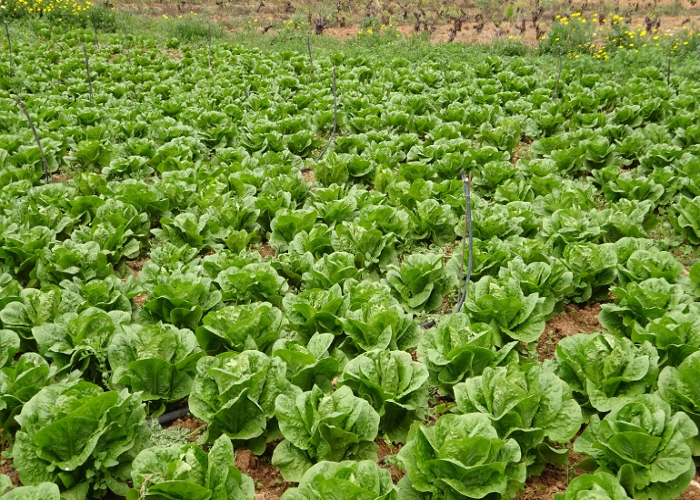
Lettuce is also a leafy vegetable that you can grow in your garden during the winter season. It shares similar characteristics and requires similar care as cabbage. However, provide them with full sunlight in loamy, well-drained soil. Also, the soil pH level is around 6 to 7.Lettuce can grow up to 12 feet tall from the soil.
9. Broccoli
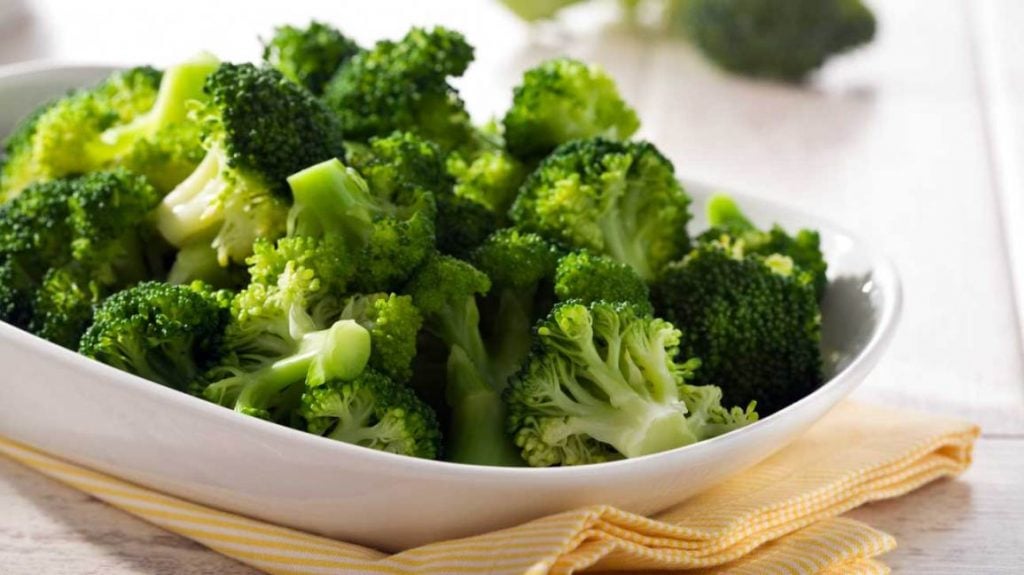
Broccoli shares the same characteristics and requires the same amount of care as cauliflower and cabbage. It is a popular winter green vegetable that people love to grow in their gardens. After planting the seeds, it may take 2 to 3 months for the broccoli to grow completely. It can grow up to 30 inches tall from the soil. They require full sunlight in well-drained, loamy, and moist soil. Moreover, keep in mind that the soil pH and acid levels are neutral.
10. Swiss Chard
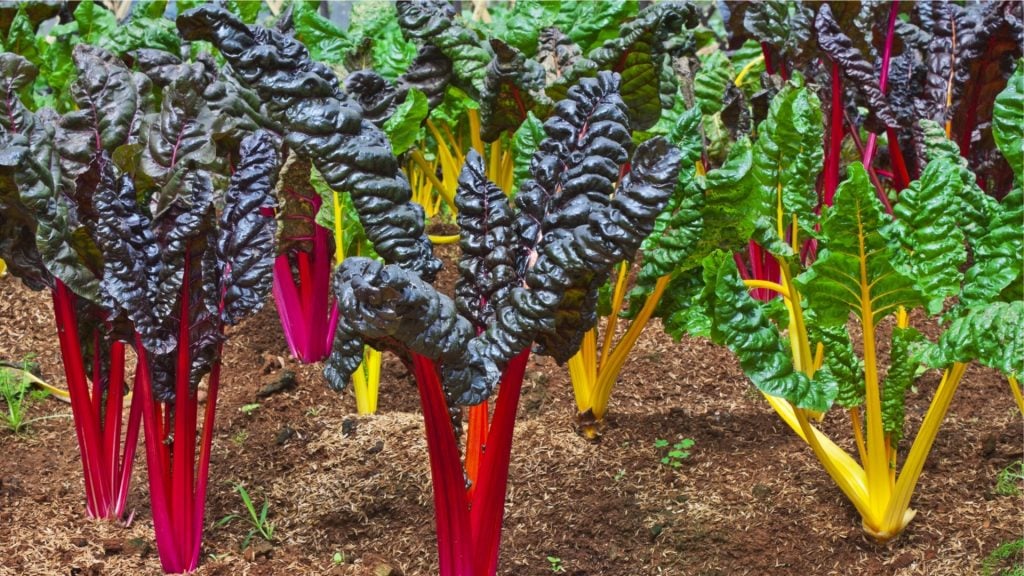
Swiss chard is a common green vegetable that grows in the winter. It has the same nutrient value and characteristics as spinach and beets. They belong to the biennial vegetable group. Swiss chard is also known as ‘silver beet’, ‘spinach beet’, ‘leaf beet’, and others. It grows in well-drained, moist soil with a low acid level. A proper soil pH level of around 6 to 6.4 should be maintained. Swiss chard can grow up to 12 incheswide and 24 inches tall from the soil.
11. Beets
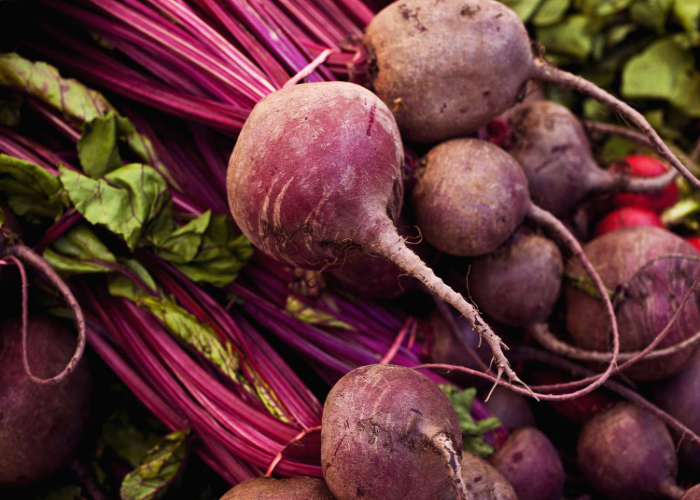
Beets are popularly known as the ‘Beetroots’. They grow similarly to carrots, onions, and garlic. It grows up to 18 inches tall inside the soil. They are annual vegetables and absorb full sun to grow. Beetroot grows in well-drained, moist, and loamy soil with a neutral acid level. Just check that the soil pH level is around 6 to 7. They are seasonal vegetables that you can grow in your garden in the winter.
12. Turnips
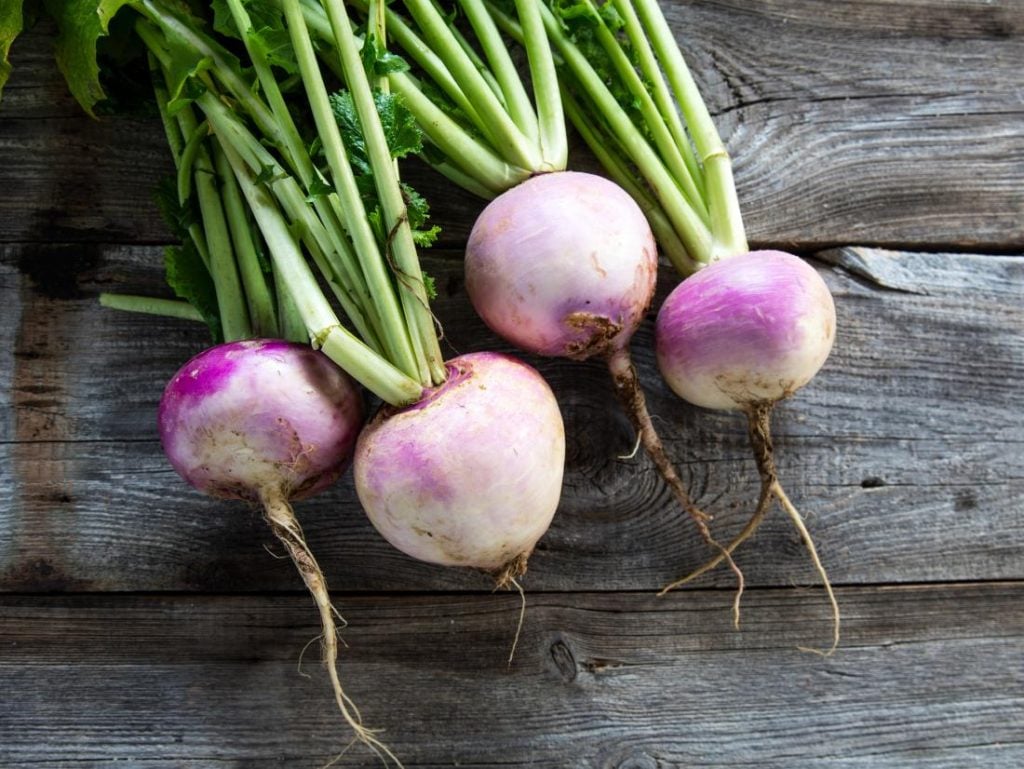
The turnip is a purple-coloured vegetable that looks like a tennis ball. It looks similar to an aubergine or eggplant. It can grow 8 inches wide and 18 inches tall inside the soil. Turnips grow in well-drained, sandy soil with a slightly acidic pH. An ideal soil pH level of around 6 to 6.5 should be considered. They are perfect vegetables that grow in cool weather. Also, ensure to keep a space of about 2 inches while planting the seeds.
13. Radish

Radish shares the same similarities as beetroots, turnips, onions, carrots, and garlic. It grows inside the soil with a pH level of around 6 to 7. They require sandy, loamy, well-drained, and moist soil to grow. They are annual vegetables that you can harvest in the winter in your garden. Remember to provide it with proper water and sunlight. Radish also requires good air circulation.
14. Leeks
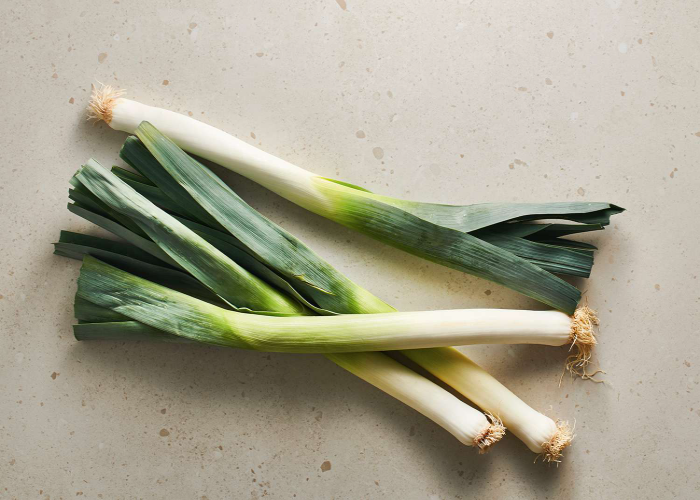
Leeks grow similarly to onions, green onions, garlic, and shallots. They all share similar characteristics. They have a similar appearance to the green onion, but both are completely different. Leeks can grow up to 3 feet tall and 12 inches wide from the soil. They require full and bright sun in well-drained, loamy soil. Make sure the acidic soil pH level is neutral.
15. Endive
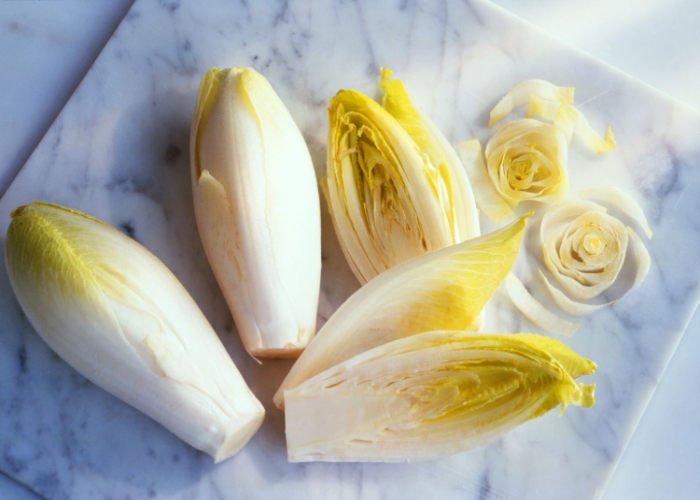
Endive is also a leafy vegetable that grows in the winter. They are quite similar to the lettuce, but they are different. They also require cold weather and well-drained soil to grow effectively. Endive is a popular vegetable in the European region. They help in making delicious food recipes. Autumn is the perfect time to plant the seeds. Later, it may thrive in the winter.
16. Parsnips
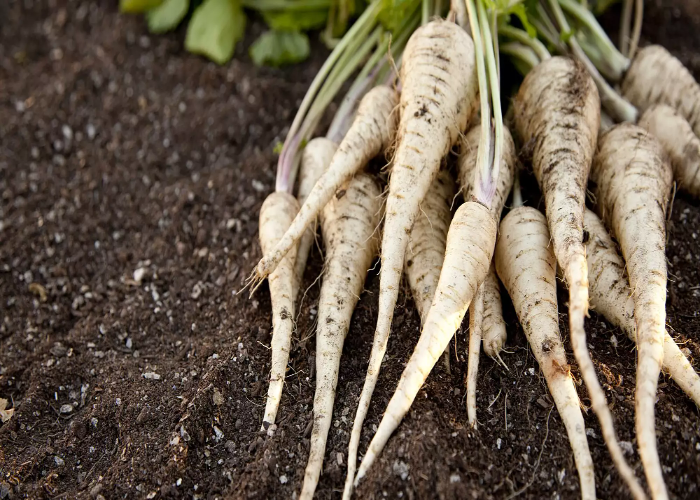
Parsnips look almost similar to a carrot and a radish. Although they are all different vegetables, they grow in the winter. Parsnips can grow up to 3 feet tall and 12 feet wide in the soil. They require the same care as the garlic, onion, and carrot. Parsnips grow in well-drained, moist, and loamy soil with a soil pH level of around 6 to 7. They also make delicious recipes.
17. Sweet Potato
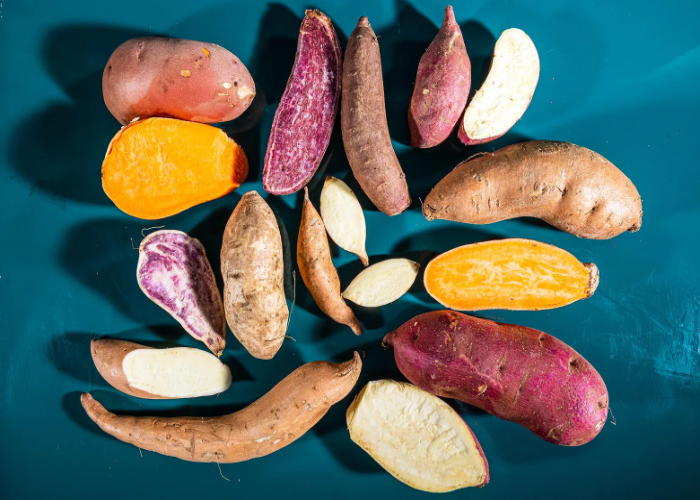
The sweet potato is a famous vegetable plant that you must grow in the winter. It has good digestive benefits. A sweet potato grows similarly to the onion, carrot, radish, parsnip, and turnip. One thing you must keep in mind is that they are not potatoes, and they require different conditions to grow. You must harvest them in organic, sandy, well-drained soil with a proper acid level. Sweet potatoes can grow up to 20 feet long inside the soil.
18. Mustard Greens
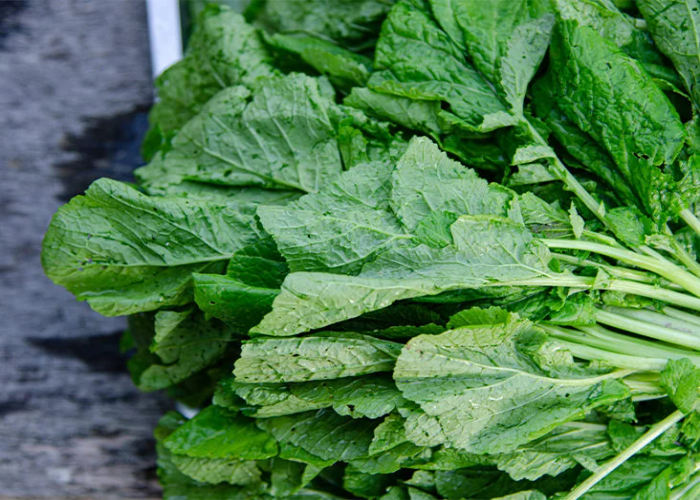
Mustard greens are popular as an item in your salad bowl. You can grow them in the winter in your indoor garden. They are sharp, green, leafy vegetables. One thing you must keep in mind is that they can’t handle a cold breeze. So, provide them with proper sunlight and humidity. Mustard greens consist of carbs, fibre, and multivitamins. It has several health benefits.
19. Collard Greens
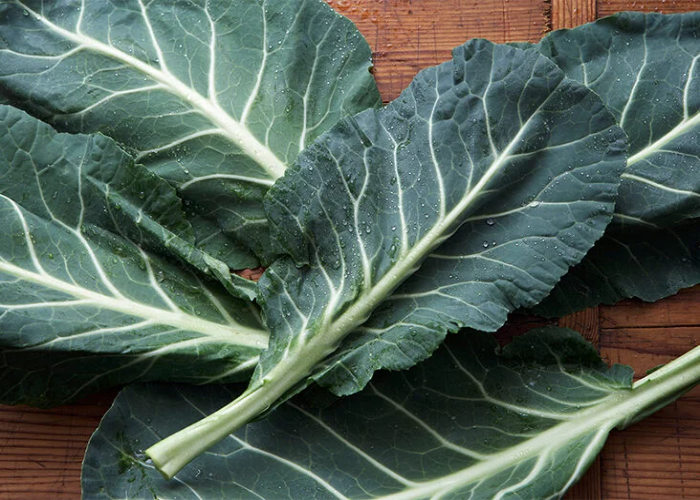
Collard greens, also known as “collard,” are leafy green vegetables. They can grow in the winter with proper air circulation. It looks the same and almost shares the same characteristics as the mustard greens. However, they are not similar and require different methods to grow. You can grow collard greens in well-drained, fertile, and moist soil with a low acid level. Moreover, the soil ph level of around 6.5 to 6.8 should be maintained. They also have health benefits and consist of vitamins.
20. Celery
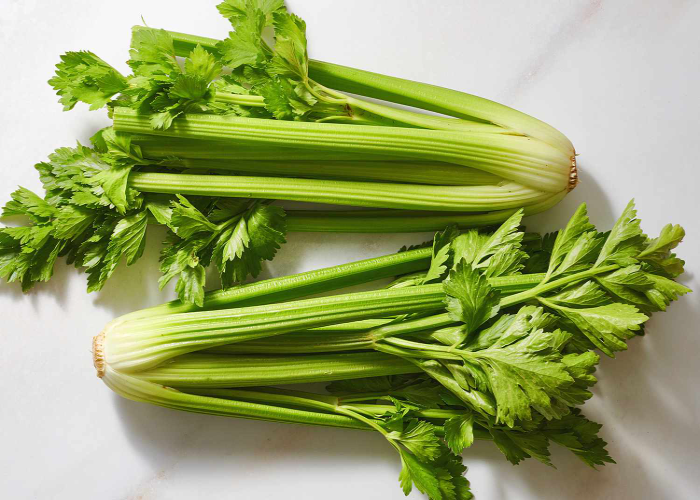
Celery is also a popular winter vegetable that grows inside the soil. It looks similar to the leeks but is different in colour. Celery takes a long time to grow properly (3–4 months). A celery can grow up to 15 inches inside the soil. Just make sure the soil pH level is around 5.8 to 6.8. Also, provide them with adequate levels of sunlight and water.
21. Brussels Sprouts
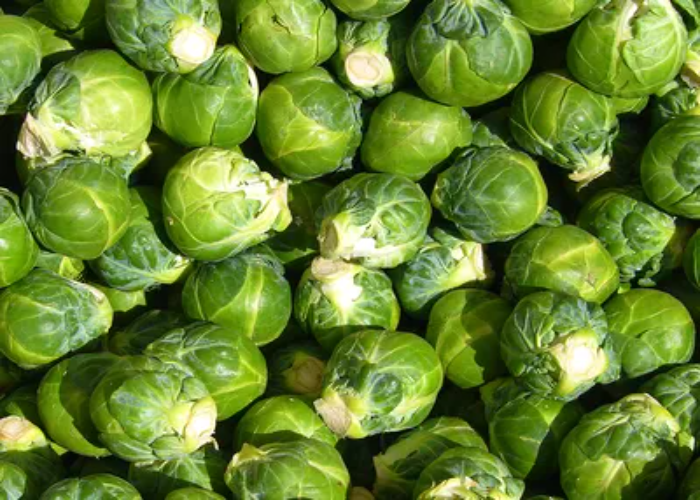
Brussels sprouts are a famous vegetable that is found in the European region. It is also quite popular in the UK. It grows similarly to cabbage, lettuce, and broccoli. Brussels sprouts require loamy and well-drained soil with a neutral acid level to grow. It can take almost three months to reach its perfect height. It can grow up to 3 feet tall from the soil. Brussels sprouts are healthy and delicious vegetables.
22. Green Onions
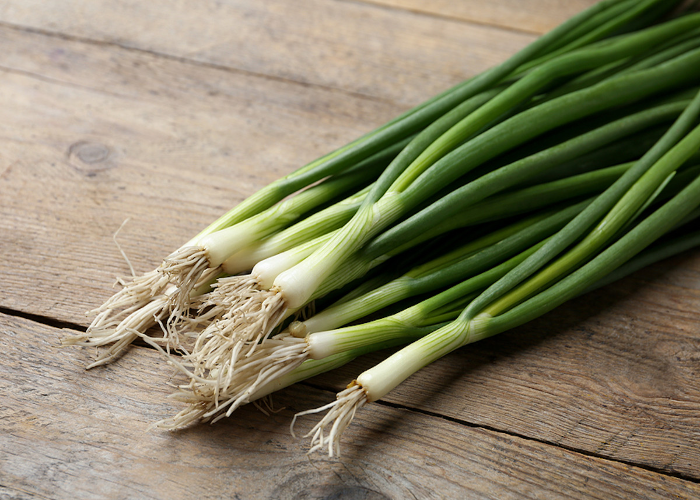
Green onions are also known as ‘scallions’. They are very popular vegetables and are required in the making of several delicious food recipes. People often call it ‘Spring onions’. They grew similarly to the onions, celery, radishes, carrots, and garlic. Green onions require sandy, well-drained, and loamy soil to grow significantly. Just make sure the acid level of the soil is neutral. It can grow up to 3 feet tall from the soil.
23. Cauliflower
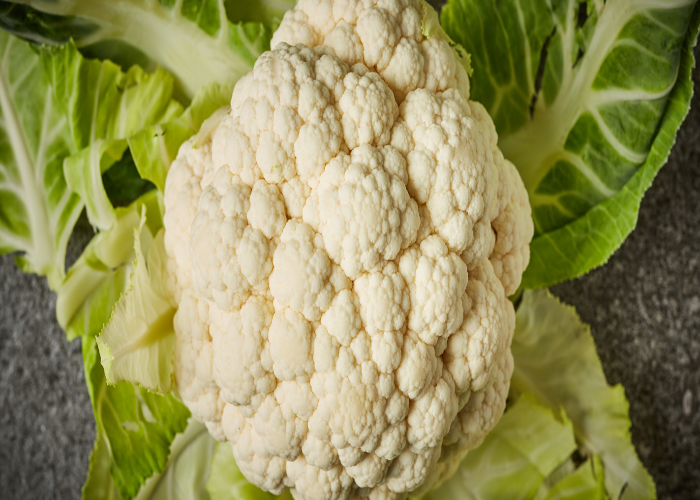
Cauliflower is the most famous winter vegetable in the world. People love eating cauliflower and make several recipes with it. They look almost identical to broccoli. A cauliflower requires full and bright sun in rich, well-drained soil with a pH level of around 6.5 to 7.5 to grow. It can grow up to 24 inches wide and 30 inches tall from the soil. During the plantation of cauliflower seeds, leave a space of around 24 inches for air circulation.
Grow Winter Vegetables in Your Garden!
All in all, vegetables are really important when it comes to our food. Eating vegetables is really important for health, as each contains vitamins, carbohydrates, and fibre. The winter vegetables are really delicious. Carrots, radishes, garlic, and beetroots are essential for other recipes. Some of them contain unique digestive and dietary benefits. For example, consuming sweet potatoes can improve your digestive system. Eating celery, mustard greens, and parsnips can facilitate your health condition.
There are also other vegetables like gourd and bell pepper that you can grow in your garden. It may also help you save on the cost of purchasing vegetables from the market. Apart from that, you can earn passive income by selling them in the market.
In this blog, you’ve heard about various delicious vegetables that you can harvest in your indoor garden during the winter. So, which one is your favourite winter vegetable? Let us know in the comments.

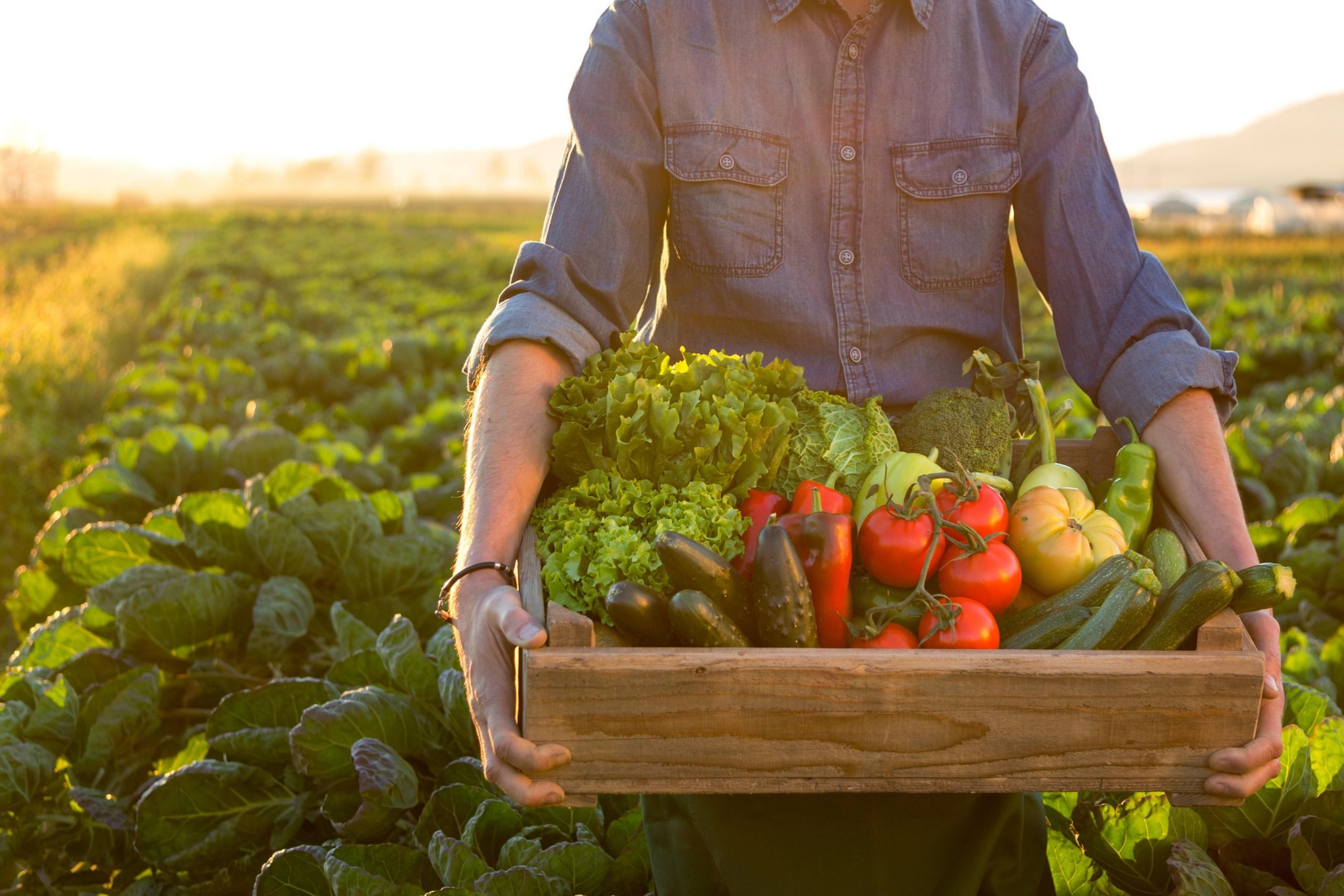
![The Top 10 Vegetables You Should Plant in August [UK]](https://staging.thearches.co.uk/wp-content/uploads/Vegetables-That-Can-Be-Planted-In-August.jpeg)

